
By Angelo Randaci, Earth’s Ally Horticulturist
Angelo’s passion for plants has led him to explore many areas of horticulture including research, grounds management, technical training, design and nursery management.
Spring is the best time to start your garden. While tomatoes, peppers, beans, and squash highlight the summer harvest, there is a whole generation of cool-season crops to enjoy long before the hot days of summer.
Cool Season vs. Warm Season Crops
Garden vegetables have preferences for growing conditions based on temperature and the number of hours of sun they receive during the day. Cool-season crops tolerate cool and even frost conditions. The reason for this is that some leafy green veggies such as cabbage, broccoli, and kale can convert carbohydrates to sugars during cool temperatures. Carbohydrates converted to sugars withstand lower freezing temperatures than plain water. This strengthens the plant’s cells making them able to withstand frosts and even light snow. Cool-season crops usually decline during the heat of summer, developing poor flavor as they go from flower to seed. Common cool-season vegetables include beets, peas, broccoli, chives, asparagus, Brussels sprouts, cabbage, carrots, Swiss chard, kale, lettuce, onion, spinach, and turnips.
You have another cool season to extend your harvest. Autumn is an ideal time to begin again with cool-season veggies. Broccoli, cabbage, and carrots for instance can be planted either from seed or plants 8-10 weeks before the first frost in your area.
Tomatoes, peppers, squash, beans, corn, cucumbers, eggplants, pumpkins, and melons are considered warm-season crops. They prefer the warmer temperatures of late spring after the danger of frost and when the soil has warmed.
*Timing for both warm and cool season planting depends on your location. Check your growing zone and refer to growing calendars for your area for the best planting dates or consult your local extension for planting dates specific to your area.
Starting Seeds and Buying Plants
The process of planting seeds, watching them sprout, and caring for them to maturity is gardening at its best. It will require purchasing seeds, seed starting soil mix, containers, and a suitable area for growing. This does have advantages though, one of them is cost, especially if you plan on growing large quantities of plants. A packet of seeds will produce many more times the number of plants vs starter plants. Another advantage is the varieties available. Nurseries and garden centers tend to grow only the most popular varieties of vegetables. Browsing through one of my seed catalogs, I discovered over 40 varieties of tomatoes and 30 varieties of peppers. If space is limited, you can choose seeds of dwarf varieties that will better fit into your garden area.
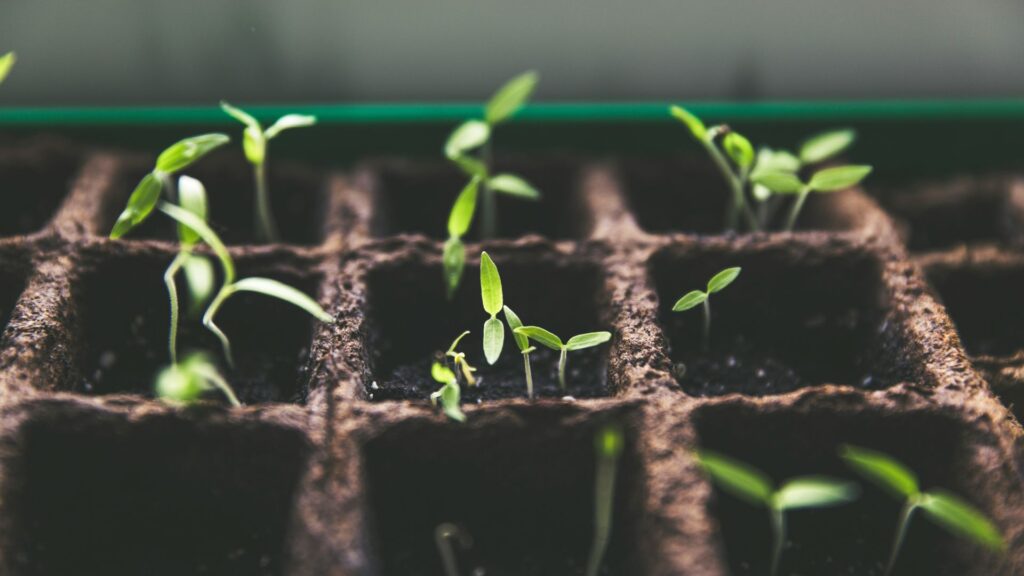
Timing your seed starting is everything here, to achieve healthy young plants that are the ideal size for transplanting into the garden. If started too early, they may outgrow their containers and need the extra step of transplanting into a size larger container before they can go outdoors.
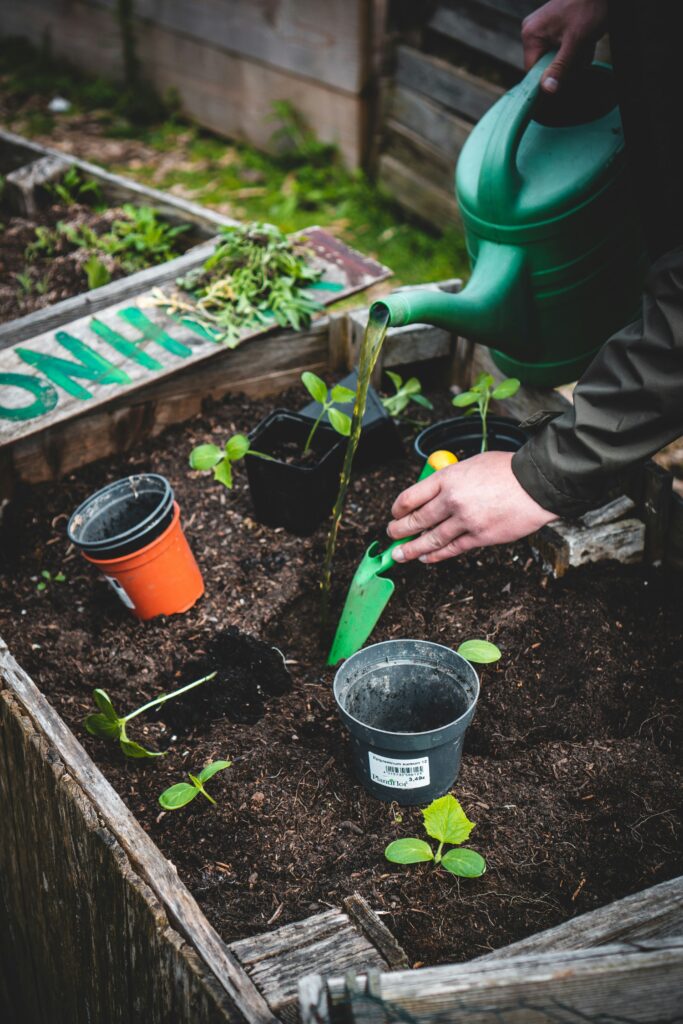
Starter plants have advantages as well. They are garden-ready immediately saving weeks of growing time. You don’t need special facilities for growing and they will mature earlier than seed-started plants.
Your garden may consist of both seedlings and starter plants. Pick up a few large tomato and pepper plants at your garden center to get a jump on the season. Just protect them from cool weather until temperatures warm. Save your valuable growing space for seeds of special varieties that you cannot find in stores.
A process called “hardening off” prepares seedlings and transplants a few weeks before going into the garden. This will acclimate the plants to the variable conditions they will experience outdoors. Simply place plants outdoors in the sun, increasing the amount of time each day. Protect them if frost or severe weather is predicted by moving them inside or into the garage. Repeat this process until they can safely go into the garden.
A cold frame is a useful growing mini greenhouse-type structure to protect plants from cold weather while allowing natural sunlight. They are typically unheated because they collect solar energy stored within the frame during the day. Cold frames allow for a very early harvest of spinach, lettuce, and other leafy cool-season greens. Cold frames are also useful to harden off seedlings. Use your cold frame in the autumn to extend the fall season.
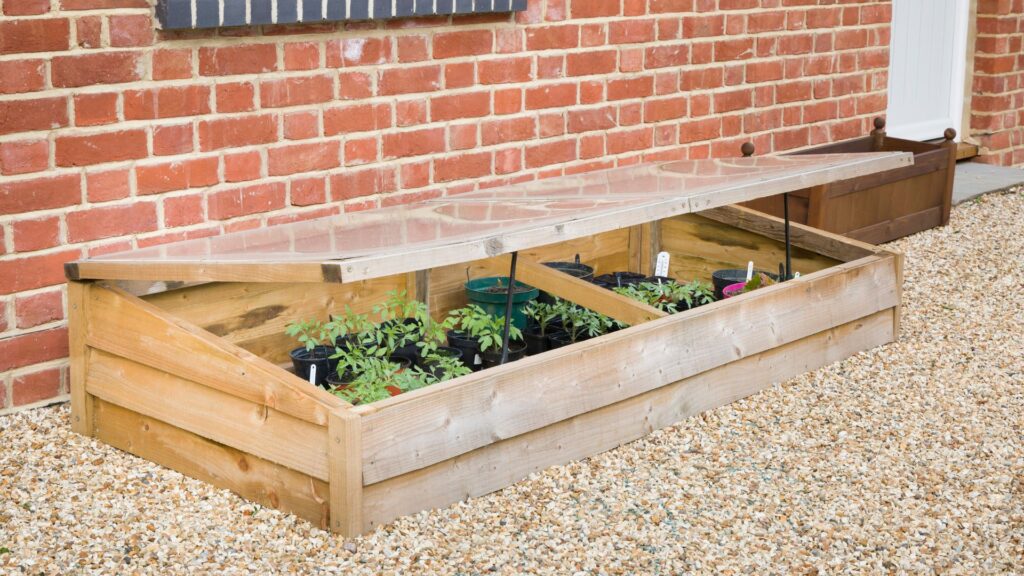
Some seeds should be directly sown in the garden. Most root vegetables and legumes like carrots, and radishes prefer to be directly sown. To plant seeds directly into your garden bed, simply draw furrows into the area to be planted. Refer to your seed packet for planting instructions regarding temperatures, spacing, and depth. Once planted, firm the soil to make sure you obtain good seed-to-soil contact. Keep the soil moist until the seeds germinate.
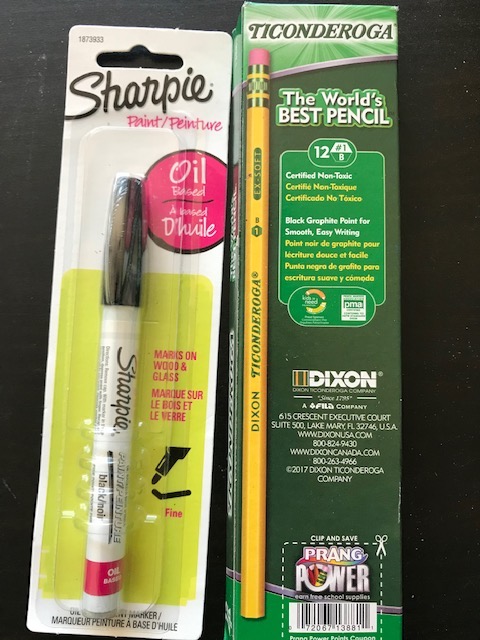
Direct sow seeds of peas and spinach in March as soon as the soil is ready. Radishes, beets, and carrots can go into the ground a few weeks later. Plants in the squash family prefer to be directly sown as well but wait until after the danger of frost.
Label your plants
Labels not only serve as identification markers for your plants but can contain valuable plant information for the next season. Mark your labels with the plant name and date sown. I prefer an oil-based ink pen for labeling because they outlast conventional marking pens and will make it through a growing season without fading. I also like using a #1 pencil for writing on tags that I plan on reusing. Labels will also last a season and can be erased easily. At the end of the season, you can collect your labels to record the information in a journal during off-gardening time. This will help you know what you planted and when for future reference. Include any other pertinent information so you can repeat success and avoid failures.
Attract Pollinators to ensure a bountiful harvest
Grouping annuals, perennials, and herbs with vegetables will not only help the pollinators but will increase the yields of your fruits and vegetables. A few herbs to plant liberally throughout the garden include basil (when flowering), rosemary, dill, oregano, sage, and thyme. Cosmos, bee balm, nasturtiums, and alyssum are just a few other plants to attract pollinators. They will also give you flowers for cutting while beautifying your garden.
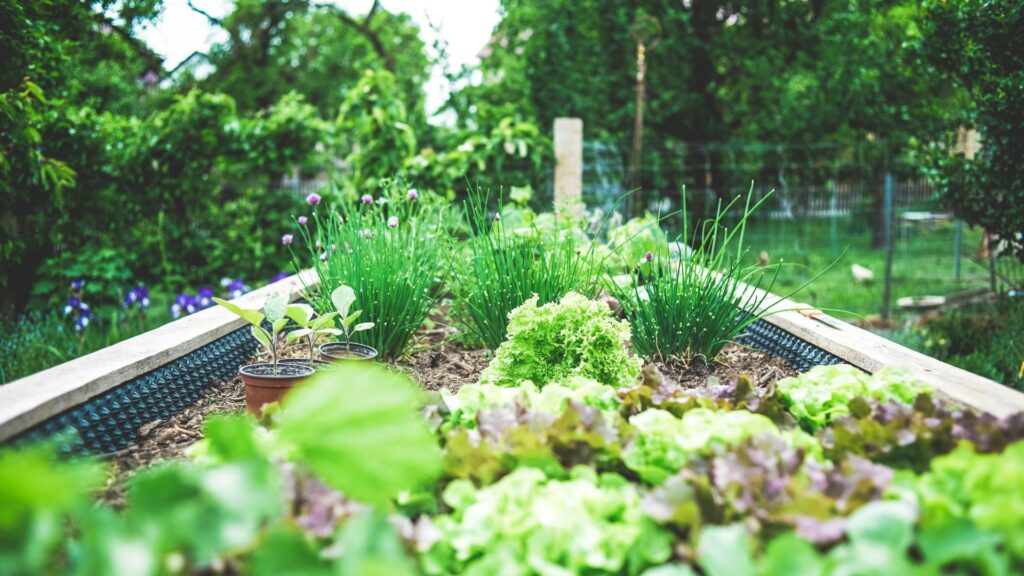
Control Weeds and Pests
Weeds in and around your garden may harbor diseases. Begin by removing any debris left over from the previous season. Control weeds by either pulling or using an environmentally safe weed control product. Apply weed control early while weeds are still small. Earth’s Ally Weed & Grass Killer will effectively take care of broadleaf weeds in your garden as well as other areas around your home.
Diseases can be circumvented by first providing well-draining soil and forming raised beds. This will help avoid root rot, damping-off, and wilt diseases conducive to water-logged soils.
Inspect plants regularly for both insect and disease problems. While there are few pest problems during the cooler season, as temperatures rise, so will the possibility of increased pest attacks on your plants.
Earth’s Ally 3-in-1 Plant Spray will safely prevent and control many disease and insect problems. Apply right up to the day of harvest against diseases such as mildew, black spot, blights, leaf spot, and canker. It will also keep your plants protected against spider mites, aphids, thrips, mealy bugs, and white flies.
We’d love to hear how Earth’s Ally is helping you garden! Share your experience and stay connected with the #EarthsAlly community on Facebook, Instagram and Twitter for access to our latest blog posts, giveaways and exclusive promotions.
